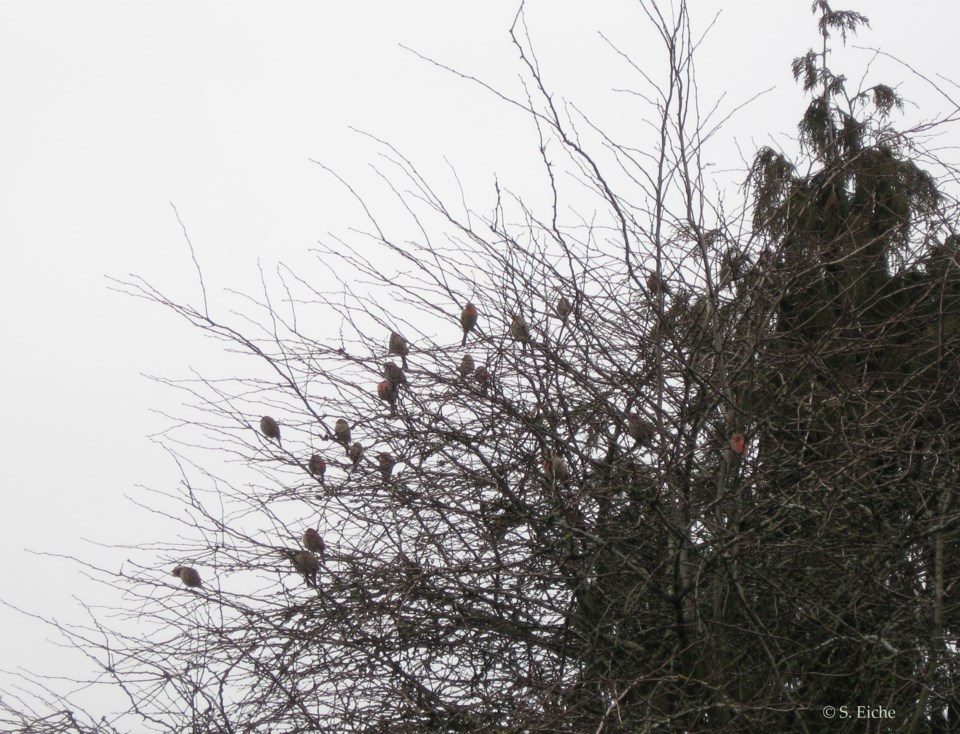Trees are very much in the eye of the media right now. Articles appear almost daily about how to protect and save them from the dangers they face. Increased attention is also being paid to evaluating their importance. Last August the New York Times ran a story about the trees of Paris – its subheading stated “trees play a supporting role in the city’s inimitable elegance and grandeur.” The trees are described as “natural, free-standing monuments equal in importance to the Louvre or the Eiffel Tower.” Reference is made to the French association Arbres, which “aims to promote and protect the most beautiful, important and rare trees in France with a formal label.”
The UK, too, is doing a lot of work to protect its trees, most recently focusing on those that are centuries, even millennia, old. But it recognizes that there’s a “problem that goes beyond the lack of protection for individual trees, and includes issues relating to the conservation of nature more broadly. While tree cover in the UK is increasing, woodland wildlife is not.”
So, it appears that most of the monument or heritage value of trees derives from their relationship to our history – there’s the tree that was brought to Paris from North America in 1601 and still stands across the street from Notre Dame; there are trees that have been alive since Charlemagne was Holy Roman Emperor (800-814); and there’s a chestnut tree in Ypres, Belgium, that survived severe damages inflicted during two world wars. Here in Richmond, heritage recognition has been given to the remains of tree planting undertaken in the late 19th century by Samuel Brighouse at the site of his original homestead fronting River Road.
As we see, the focus is consistently anthropocentric – how the trees relate to the history of mankind. But what about “the conservation of nature more broadly,” remarked upon by The Guardian? This past February I showed a friend photos I’d taken to document the daily bird activity at the hawthorn tree in my backyard. When the tree is bare of leaves, I often spot twenty or more birds perched in it. Clearly, this tree plays an important role in the life of the local birds. They are drawn to it, they feel comfortable there, they pass the word on to other birds, and more arrive.
There’s no bird feeder in my backyard – these birds don’t come for fast food, they come for something else, which the tree offers them. It might be security and companionship. There’s also a lot of chirping going on, so perhaps they’re discussing matters of interest and importance to them. Furthermore, by spending a lot of time in this tree, they’re contributing to the biodiversity of the area, in a variety of ways. My hawthorn, therefore, is a significant tree.
Yet my hawthorn doesn’t meet the criteria for significant tree status stipulated by bureaucracy – for one thing, the diameter of its trunk is less than 36 inches – but it is significant for the birds, and because of that, for our ecosystem.
This tree is part of the inheritance we are bestowing upon our environment. It has, in the truest sense of the word, heritage value. It should be ranked, therefore, as a heritage tree.
There are other trees like it, trees that might not be the right size to qualify for protection as a significant tree, but that are nonetheless extremely significant for their role in nature (and let’s not forget that humans are also part of nature).
I wish everyone would start paying attention to the trees around them and notice in what way they support wildlife and encourage biodiversity. I especially wish that children would do this, perhaps as part of their school activities. Children have keen eyes, bountiful curiosity, and they’re the future caretakers of our planet. Shouldn’t they have the possibility, even the right, to inherit the riches of the natural world? However, like any inheritance, it needs to be taken care of, otherwise someone might steal it, chop it down, or burn it to the ground, thus destroying it forever. When these disasters happen, we are left with nothing. Nothing at all.
Sabine Eiche is a local writer and art historian with a PhD from Princeton University. She is passionately involved in preserving the environment and protecting nature. Her columns deal with a broad range of topics and often include the history (etymology) of words in order to shed extra light on the subject.



